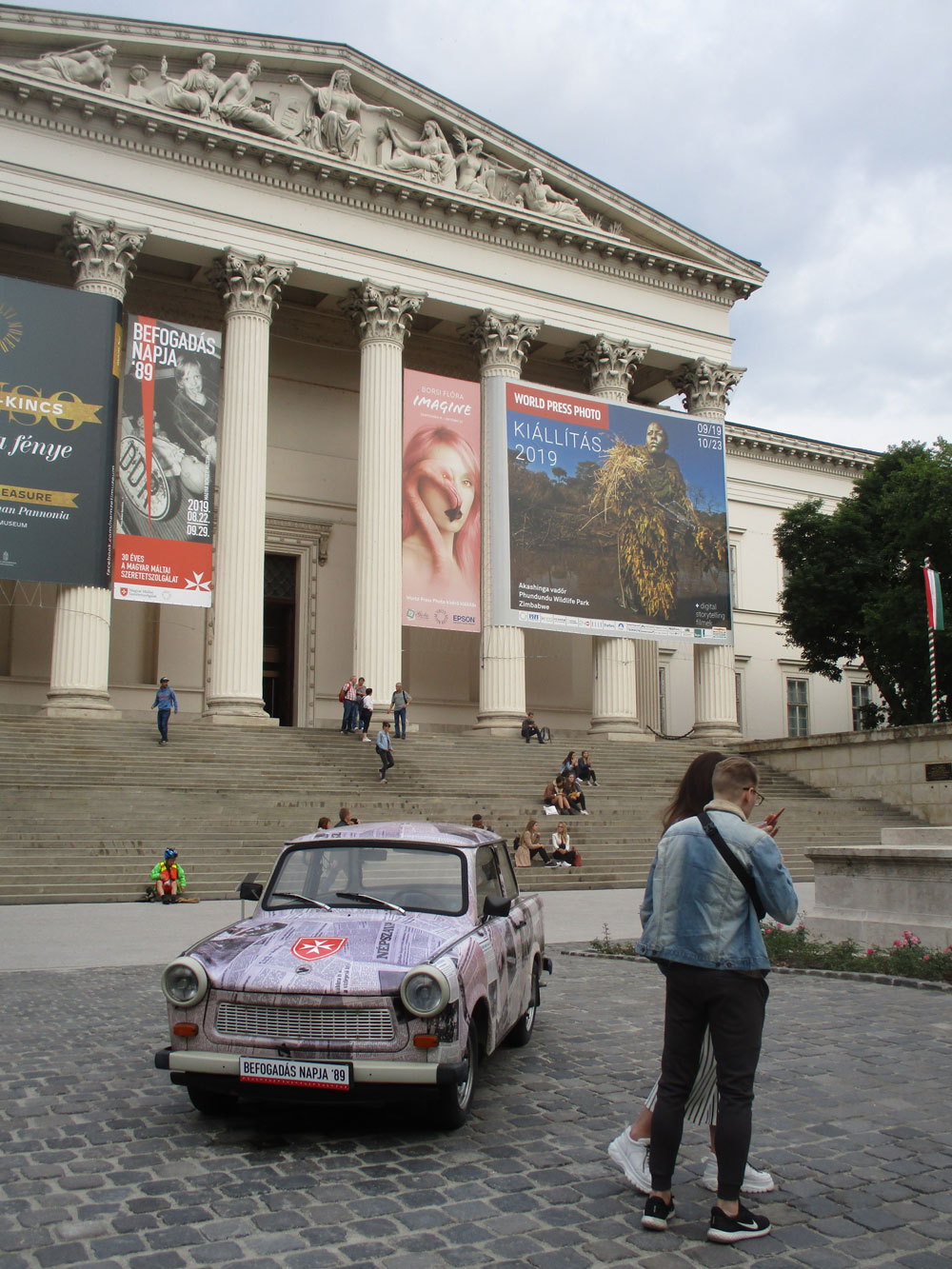
Seuso Treasure
4th - beginning of the 5th century CE
The Seuso treasure is a treasure trove from the late period of the Roman Empire (4th – 5th centuries). It was named after its owner Seuso, who is identified on the inscription of the so-called hunting or Seuso platter. Its pieces belong to a festive banqueting set and include vessels used for washing and during toilette. Probably in the last decades of the 4th, or at the beginning of the 5th century, the treasure was concealed by its owners, who were most likely fleeing from a war conflict.
In its currently known form, the hoard consists of 14 large silver vessels, as well as a large copper cauldron, in which the items were hidden. Among some thirty precious metal treasure troves including pieces of banqueting sets from the late imperial period, the Seuso treasure is outstanding with regard to both its artistic and material value. Bearing in mind its total weight, the silver set displayed at the exhibition is considered as the most valuable among the existing late imperial silversmith treasures.

25.9.2019



